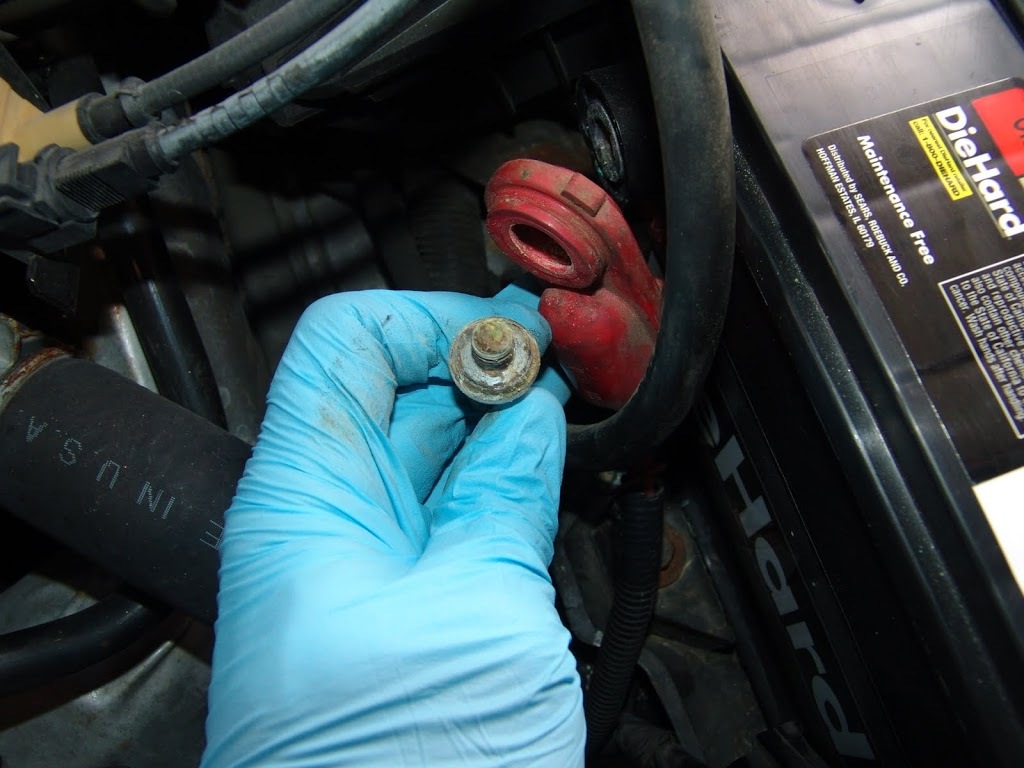I have a 2002 chevy silverado 1500 i replaced my fuel pump about 3 months ago and then a couple weeks later my check engine light came on and it said my fuel tank pressure sensor needs replaced so i replaced it and my check engine light came back on and it said the fuel tank pressure sensor needs replaced once again i ignored it and drove my truck for a month or so and now today it wont even turn over what should i do?
A faulty fuel tank pressure sensor won’t prevent the engine from turning over/starting.
Check for a bad battery.
Tester
It’s possible the problem wasn’t the sensor, but that there was something wrong w/the pressure inside the tank. The computer monitors that pressure to verify that no gasoline vapor is leaking into the atmosphere, causing air pollution. Evap system problems can play havoc with that function.
When you say it won’t “turn over”, do you mean it cranks ok … that rrrr rrrr rrr sound, but it wont catch and run? Or do you mean it won’t crank?
Why do people shoot the messenger ?
I really doubt the sensor is bad, the sensor is doing it’s job and telling you that there is a problem with the pressure in the tank.
Seeing you didn’t post the code we don’t know if there is to much or not enough vacuum, as in a faulty gas cap
You are right @It_s_Me!!!
Everyone thinks that the code means that that particular part is bad. And the throw money away and replace that part.
The code is actually telling you that something with that part of the system is bad.
Yosemite
It was code po440 i checked the battery its not the battery so im lost
It wont crank at all the lights and radio wont even work
One thing that doesn’t cost anything is, check the positive side mount battery terminal for corrosion.

Tester
Be sure to remove the negative terminal first!
I just disconnected the battery there was a little corrosion i cleaned it then i connected it again the lights came on i went to start it nothing and all the lights turned off and wouldnt come back on
For a no-crank, here’s the first three tasks
- Clean and tighten battery cable connections – which you apparently have already done.
- Load (or conductance) test the battery.
- Measure the voltage at the two starter electrical inputs during attempted cranking. Both should measure at least 10.5 volts (terminal to starter case). If they do and it doesn’t crank, replace the starter.
